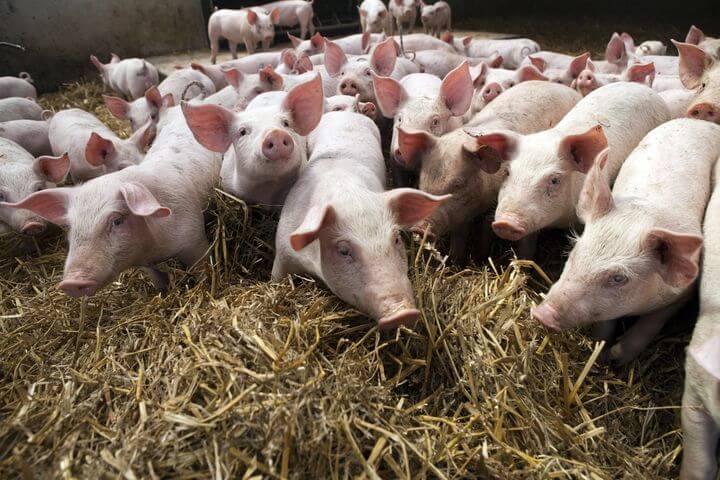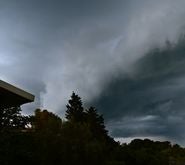This article was originally published in Insurance Day, click here to view the original article.
Livestock insurance represents a significant part of global agriculture premium. Traditional indemnity insurance products are available, complemented with less common products like parametric index insurance. Managing livestock insurance is a complex business, as livestock mortality is a recurring event.
China is one of the biggest players as the world’s largest livestock producer. In China, livestock insurance premium represents about 25 percent of total Chinese agriculture premium, making livestock risk management a major concern for the insurance industry.
Like China, many countries have improved their contingency plans and established controlled diseases centers to reduce mortality event impacts. In China, major recent disease epidemics include Foot and Mouth Disease (FMD), Porcine Reproductive and Respiratory Syndrome (PRRS), Swine Fever, Avian Influenza and Newcastle disease. Noticeable epidemics since 1995 include SARS in 2003 (poultry), major FMD and PRRS in 2006 and 2007 (pigs), and FMD in 2009 and 2010.

A complete probabilistic solution can significantly extend the view of tail risk, for reinsurance purchase, as well as in terms of loss cost estimation for primary insurance underwriting. Beyond providing a view on the probabilities of severe outbreaks beyond the historical records, these solutions can also give insights into “what-if” scenarios on past events.
But building meaningful modeling solutions for livestock is complex for many reasons:
- First, livestock covers a large range of types of exposure and vulnerabilities, from cattle, swine, sheep and poultry, to aquaculture. And these types of exposure are often subdivided into further details in policies, such breeding sows and hogs.
- There is a large variety of perils affecting livestock: from disease, epidemics, natural disaster, and accident/fire. But these perils contribute differently to the loss distribution: while accidents/fires and diseases contribute mostly to the high frequency losses due to their recurrent nature, epidemic (highly contagious) and natural disasters (mainly drought and freezing conditions) contribute to the low frequency-high severity losses.
- Size of operation is also an important factor: for the same livestock type, the loss extent varies according to the size of the farming operation, the location, and, in case of epidemic diseases, the extent of how the disease is addressed. It is expected that the frequency of outbreaks of disease and accidents/fires will likely be smaller for large operations than for small operations because of better sanitary conditions and resources. However, the spread of epidemic diseases is more severe in farms with a larger number of livestock and is assumed to propagate faster in function of livestock density. Due to a higher value for imported livestock, risk management standards tend to be better than for lower value domestic breeds.
Models can provide a unique perspective on livestock risk, by individual perils, based on simulating a yearly deviation from the general trends from several relevant indicators. For example, to model mortality for epidemic diseases, livestock density is considered as an indicator of the potential spread of the diseases in case of an outbreak, and vaccination and contingency plans were used to assess the level of risk management.
Data collection and quality is key: statistical yearbooks provide data on the number of heads of livestock for all the major livestock categories, but these are often incomplete and need to be assessed and compared to livestock accounts from other sources. Insurers need to make informed use of data. Annual changes of livestock counts do not directly translate into losses, as mortality occurs even if livestock numbers increase, but these data can be very useful to estimate the volatility of high frequency events.
It is also necessary to account for mitigation effort, e.g. considering vaccination and quarantine plans as well as procedures to address outbreaks of epidemic livestock diseases. Data on moved livestock within a province and the precise location of slaughter houses and major livestock markets, which are important to assess the risk of epidemic diseases, are not easily available and RMS engages with locally-based researchers on the reliability of livestock data and key factors that drive the spread of epidemic livestock diseases in a number of provinces.
Today’s business decisions are largely based on judgement of experienced individuals backed with past insurance loss data, and the input of new technologies such as remote sensing. Adopting a new, more comprehensive and scientific underwriting approach is essential to the growth and profitability of livestock business in emerging economies.
This article was originally published in Insurance Day, click here to view the original article.







